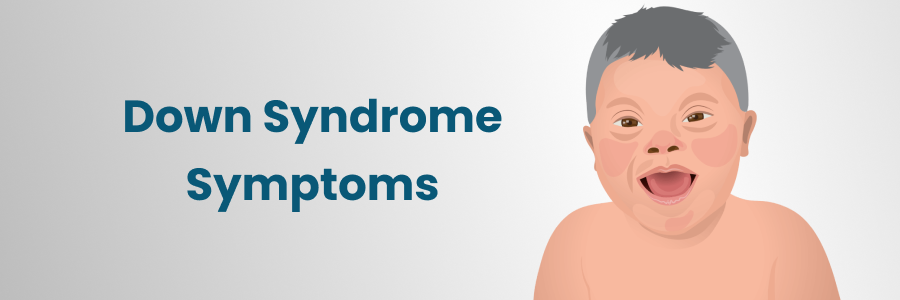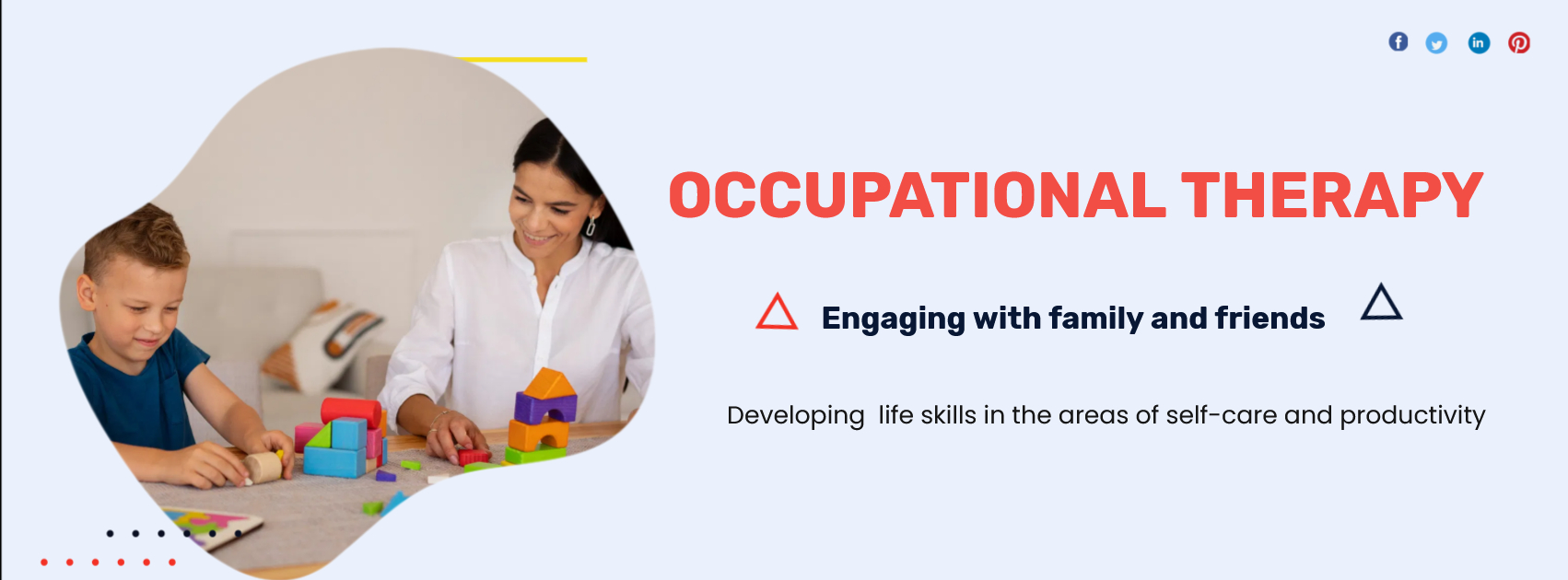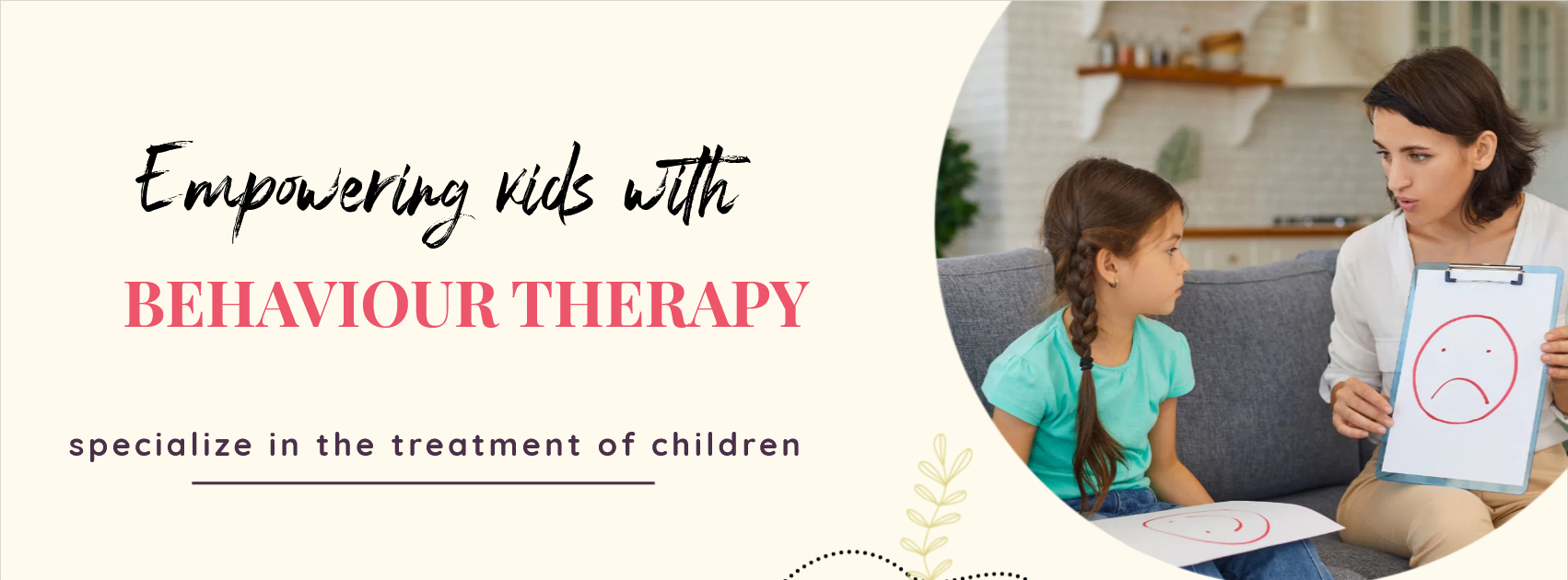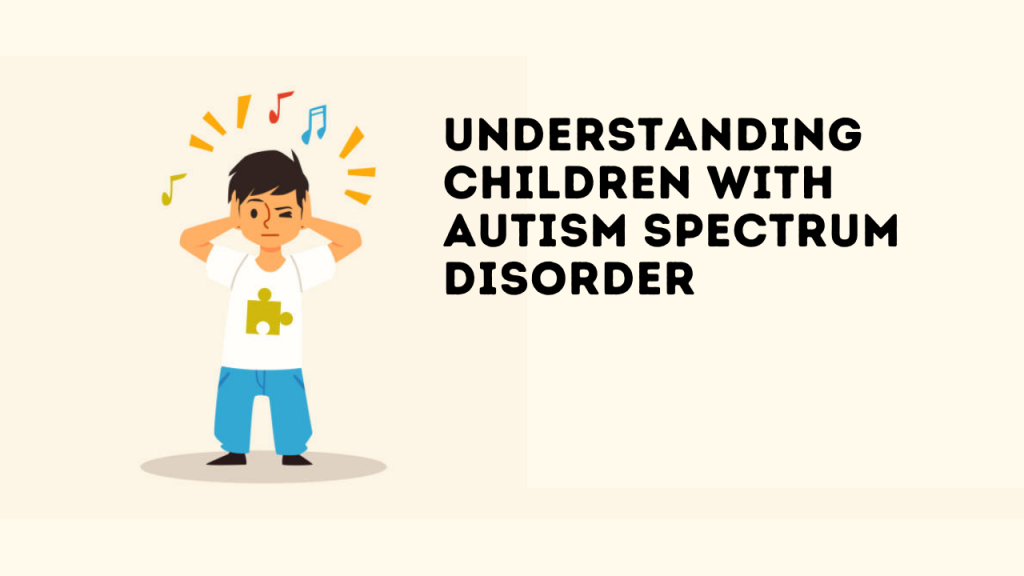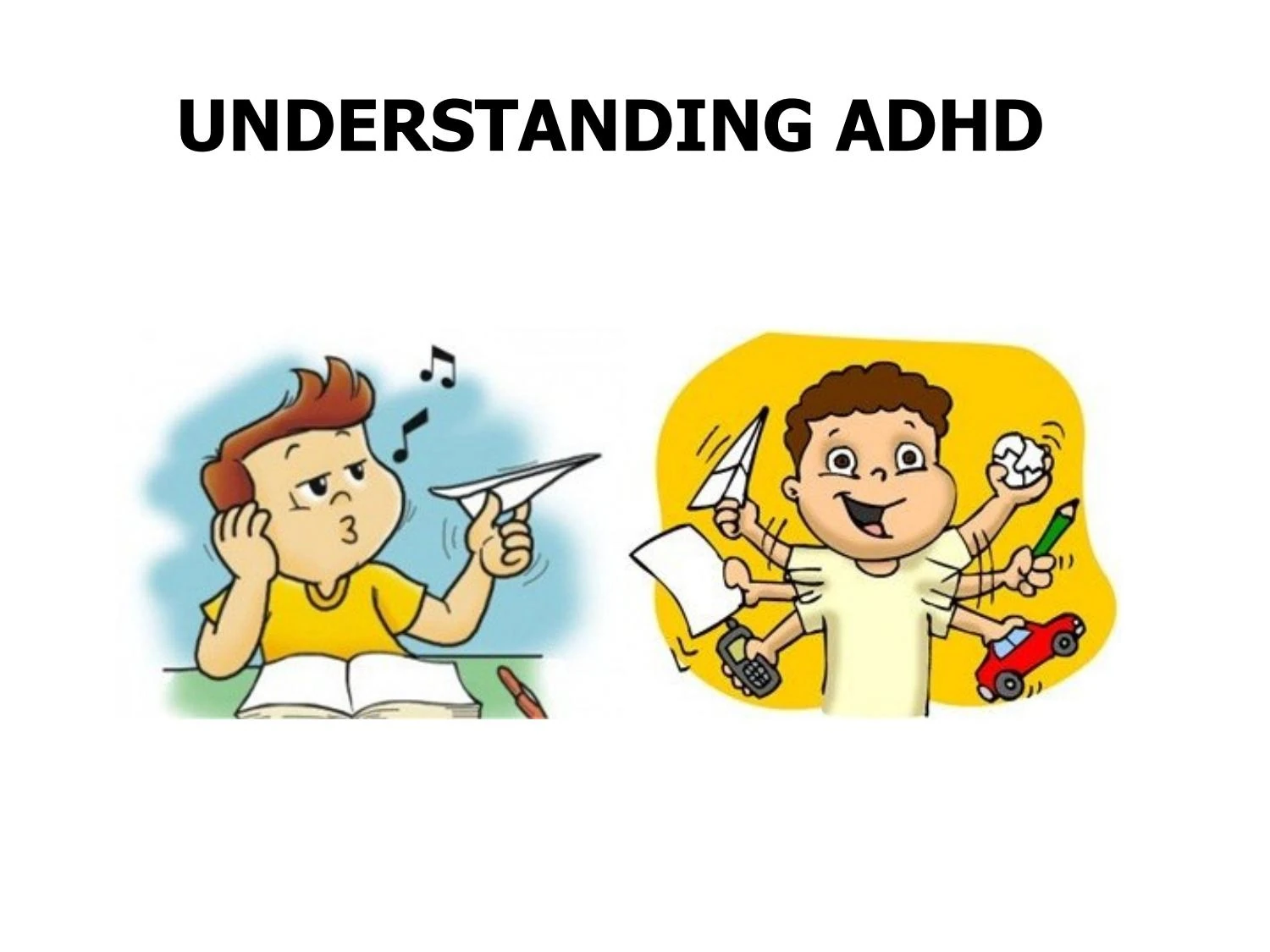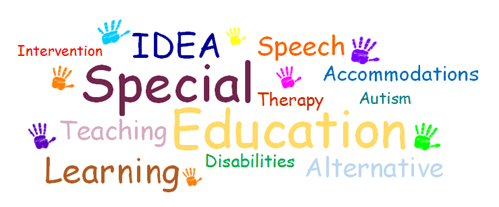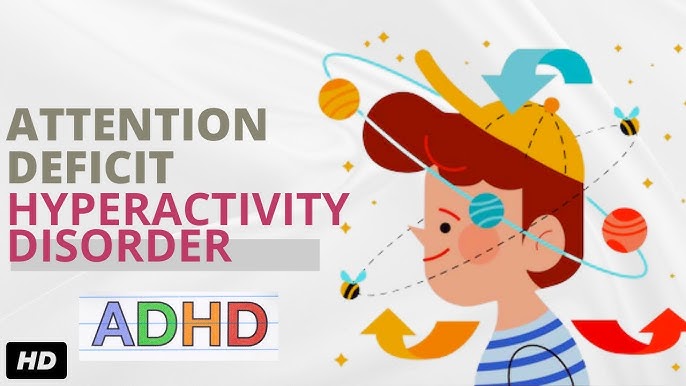
Attention Deficit Hyperactivity Disorder (ADHD) is a neurodevelopmental disorder that affects a person’s ability to focus, control impulses, and regulate their activity levels. ADHD is typically diagnosed in childhood, though its symptoms can persist into adolescence and adulthood. It is characterized by three main clusters of symptoms: inattention, hyperactivity, and impulsivity. People with ADHD may have difficulty staying focused, sitting still, following through with tasks, and controlling impulses.
Types of ADHD:
ADHD is categorized into three main types based on the symptoms that are most prominent:
-
ADHD, Inattentive Type:
- Difficulty focusing on tasks and following through with instructions.
- Frequently making careless mistakes in schoolwork or other activities.
- Easily distracted by extraneous stimuli.
- Often forgetting tasks or losing items necessary for activities (e.g., school supplies).
- Trouble organizing tasks and activities.
-
ADHD, Hyperactive-Impulsive Type:
- Hyperactivity: Restlessness, difficulty sitting still, excessive talking, or fidgeting.
- Impulsivity: Acting without thinking, interrupting others, trouble waiting for turns, making hasty decisions without considering the consequences.
-
ADHD, Combined Type:
- This is the most common type, where an individual displays symptoms of both inattention and hyperactivity-impulsivity.
Symptoms of ADHD:
ADHD symptoms can vary from person to person and can change over time. Common symptoms include:
Inattention:
- Failing to pay close attention to details and making careless mistakes.
- Difficulty sustaining attention in tasks or play activities.
- Frequently not following through on tasks, assignments, or instructions.
- Easily distracted by extraneous stimuli, like noises or unrelated thoughts.
- Frequently forgetting daily activities or losing personal items like keys, books, or phones.
Hyperactivity:
- Fidgeting or squirming in seats.
- Inability to stay seated in situations where it's expected (e.g., at school or during meals).
- Running or climbing in inappropriate situations.
- Inability to play or engage in activities quietly.
- Constant motion or talking excessively.
Impulsivity:
- Interrupting or intruding on others’ conversations or games.
- Difficulty waiting for one's turn in group settings.
- Making hasty decisions without thinking about the long-term consequences (e.g., risky behaviors).
Causes of ADHD:
The exact cause of ADHD is unknown, but several factors are thought to contribute to the development of the disorder:
-
Genetics: ADHD tends to run in families, suggesting a genetic component. Certain genes related to the regulation of dopamine (a neurotransmitter involved in attention and motivation) are thought to be involved.
-
Brain Structure and Function: Studies have shown differences in the brain structure and function of individuals with ADHD, particularly in areas that control attention, impulse control, and activity levels.
-
Environmental Factors: Exposure to environmental toxins (e.g., lead) during pregnancy or early childhood may contribute to the development of ADHD. Maternal drug use, smoking, or alcohol use during pregnancy has also been associated with a higher risk of ADHD in children.
-
Premature Birth or Low Birth Weight: Children who are born prematurely or have low birth weight may be at a higher risk for developing ADHD.
-
Lead Exposure: Early exposure to lead or other toxins can increase the risk of developing ADHD.
Diagnosis:
ADHD is diagnosed through a comprehensive evaluation that includes:
-
Clinical Interviews: Interviews with the individual, family members, and teachers to gather information about the person’s behavior in different settings (e.g., home, school, work).
-
Behavioral Assessments: Standardized rating scales or questionnaires (e.g., Conners’ Rating Scales, Vanderbilt Assessment Scales) are used to assess the frequency and severity of symptoms in various settings.
-
Observation: In some cases, a clinician might observe the individual’s behavior directly to assess how they interact and function in various situations.
-
Psychological Testing: Sometimes, cognitive or neuropsychological testing is done to evaluate the individual’s attention, memory, and other cognitive functions to rule out other potential causes of the symptoms.
Treatment and Management of ADHD:
There is no cure for ADHD, but various treatments and strategies can help manage symptoms. Treatment often involves a combination of medication, behavioral therapy, educational interventions, and lifestyle changes.
1. Medication:
Medications are often the first-line treatment for ADHD, particularly for individuals with moderate to severe symptoms.
-
Stimulant Medications: These are the most commonly prescribed medications for ADHD. They include:
- Methylphenidate (e.g., Ritalin, Concerta)
- Amphetamine-based medications (e.g., Adderall, Vyvanse)
- Stimulants work by increasing the levels of certain neurotransmitters (dopamine and norepinephrine) in the brain to help improve attention and reduce hyperactivity.
-
Non-Stimulant Medications: If stimulant medications are not effective or cause significant side effects, non-stimulant medications may be prescribed, such as:
- Atomoxetine (Strattera): A norepinephrine reuptake inhibitor.
- Guanafacine (Intuniv) or Clonidine (Kapvay): Alpha-2 adrenergic agonists.
2. Behavioral Therapy:
Behavioral therapy is often used to help children and adults with ADHD learn how to manage their symptoms and improve their behavior.
-
Cognitive Behavioral Therapy (CBT): This therapy focuses on changing negative thought patterns and developing coping strategies. It can be particularly useful for managing impulsivity, emotional regulation, and organizational skills.
-
Parent Training: Training for parents helps them develop strategies to manage their child’s behavior, set up structured routines, and provide consistent consequences for actions.
-
Behavioral Interventions: These may include reward systems to encourage desired behaviors, such as completing tasks or staying focused.
3. Educational Interventions:
For children with ADHD, accommodations at school can help them succeed academically.
-
Individualized Education Plan (IEP): In the U.S., children with ADHD may be eligible for an IEP, which provides personalized educational strategies, such as extra time on tests, seating arrangements to minimize distractions, or help with organizing schoolwork.
-
504 Plan: In schools, children with ADHD may also qualify for a 504 Plan, which provides accommodations without modifying the educational curriculum.
-
Tutoring and Special Education: Students with ADHD may benefit from extra academic support, such as tutoring, smaller class sizes, or specialized teaching methods.
4. Lifestyle Changes and Support:
Lifestyle adjustments can also help manage ADHD symptoms:
-
Regular Exercise: Physical activity has been shown to help improve focus, reduce hyperactivity, and boost mood in individuals with ADHD.
-
Healthy Diet: Eating a balanced diet with adequate nutrients, such as omega-3 fatty acids, can help support brain health and focus.
-
Sleep Hygiene: Establishing good sleep habits is critical, as individuals with ADHD often struggle with sleep disturbances.
-
Mindfulness and Relaxation: Practices like meditation, yoga, and mindfulness can help individuals with ADHD manage stress, improve focus, and control impulsivity.
5. Support for Adults:
Adults with ADHD may benefit from therapy, medication, and coaching. Workplaces may offer accommodations like flexible hours or a quiet workspace. Life coaching can also help adults with ADHD better manage their time, relationships, and responsibilities.
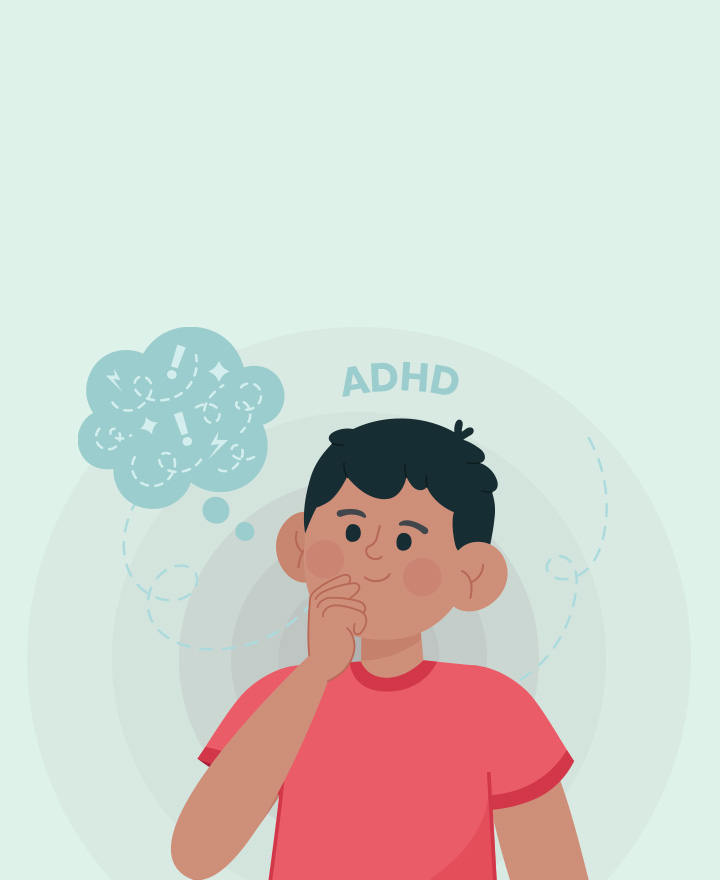
The procedure for diagnosing and managing Attention Deficit Hyperactivity Disorder (ADHD) generally involves several steps, from initial screening and diagnosis to treatment and ongoing management. Below is a detailed breakdown of the typical procedure for ADHD:
1. Identification and Screening
- Initial Signs: ADHD is often suspected when a child or adult exhibits symptoms of inattention, hyperactivity, and impulsivity that are inconsistent with their age or developmental stage. These symptoms might become apparent in early childhood, especially in school or at home.
- Screening: Screening tools, such as questionnaires or behavioral checklists, may be used to assess whether the individual is showing signs of ADHD. Teachers, parents, or caregivers may complete rating scales that document behaviors observed in different settings.
2. Comprehensive Evaluation and Diagnosis
If screening suggests the possibility of ADHD, a more comprehensive evaluation is needed, typically conducted by a healthcare professional, such as a pediatrician, psychologist, or psychiatrist. The diagnosis is based on the Diagnostic and Statistical Manual of Mental Disorders (DSM-5) criteria and involves the following steps:
- Clinical Interviews: The healthcare provider conducts an interview with the individual and their family members, teachers, or others who interact with them regularly. The purpose is to gather detailed information on the individual's behavior across multiple environments (home, school, work).
- Behavioral Rating Scales: Standardized questionnaires or rating scales, such as the Conners’ Rating Scales or Vanderbilt Assessment Scales, are used to assess the frequency and severity of symptoms like inattention, hyperactivity, and impulsivity.
- Observations: Direct observation of the individual’s behavior may be made to assess how they behave in various settings.
- Psychological Testing: Some clinicians may use neuropsychological tests to evaluate the individual’s cognitive abilities, attention span, memory, and other related functions to rule out other possible causes.
- Medical History: A medical history review is conducted to rule out other potential causes of the symptoms, such as hearing or vision problems, sleep disorders, or other neurological conditions.
DSM-5 Criteria for Diagnosis: To be diagnosed with ADHD, the symptoms must meet specific criteria:
- Symptoms must be present for at least six months and occur in two or more settings (e.g., at home and school).
- Symptoms must interfere with the individual’s ability to function in daily life (academic, social, or occupational).
- The symptoms must not be better explained by another condition.
3. Diagnosis Confirmation
Based on the comprehensive evaluation, a diagnosis of ADHD may be confirmed if the individual meets the DSM-5 criteria. There are three types of ADHD based on symptom presentation:
- ADHD, Inattentive Type: Predominantly characterized by difficulty focusing, following through on tasks, and being easily distracted.
- ADHD, Hyperactive-Impulsive Type: Predominantly characterized by hyperactivity and impulsivity (e.g., fidgeting, difficulty sitting still, interrupting others).
- ADHD, Combined Type: A combination of both inattentive and hyperactive-impulsive symptoms.
4. Treatment Planning and Intervention
After the diagnosis is confirmed, the next step is to develop a treatment plan. Treatment for ADHD is often a multidisciplinary approach, combining medical, behavioral, and environmental interventions.
4.1 Medication
Medication is often prescribed to help manage the symptoms of ADHD. The types of medications typically used include:
- Stimulant Medications (First-line treatment):
- Methylphenidate-based medications (e.g., Ritalin, Concerta)
- Amphetamine-based medications (e.g., Adderall, Vyvanse)
- Stimulants work by increasing the levels of certain neurotransmitters (dopamine and norepinephrine) in the brain, which can improve attention, focus, and self-control.
- Non-Stimulant Medications:
- Atomoxetine (Strattera): A norepinephrine reuptake inhibitor often used when stimulants are ineffective or cause side effects.
- Alpha-2 adrenergic agonists (e.g., Clonidine or Guanfacine) may be used for managing hyperactivity and impulsivity, especially when combined with other therapies.
Medications are generally adjusted based on the individual’s response, and side effects are closely monitored.
4.2 Behavioral Therapy
Behavioral interventions are often combined with medication to help individuals with ADHD manage their symptoms in everyday life.
-
Cognitive Behavioral Therapy (CBT): CBT focuses on helping individuals with ADHD change unproductive thought patterns and learn coping strategies to manage impulsivity and improve attention.
-
Parent Training: Parents of children with ADHD are often trained in how to manage disruptive behaviors, create consistent routines, and implement effective discipline strategies.
-
Behavior Modification: Reward systems and positive reinforcement are used to encourage desirable behaviors. This can be particularly helpful in children with ADHD.
-
Social Skills Training: This helps individuals with ADHD develop better social interactions and improve communication skills by teaching appropriate behavior in social situations.
-
Organization and Time Management Strategies: Especially helpful for adults and adolescents with ADHD, these strategies can include techniques like using planners, reminders, and breaking tasks into smaller, manageable steps.
4.3 Educational Support
Children with ADHD often benefit from specific school-based accommodations.
-
Individualized Education Plan (IEP): In the U.S., children with ADHD may be eligible for an IEP, which outlines specific academic and behavioral support in the classroom. This might include extra time for assignments, help with organization, or reducing distractions in the learning environment.
-
504 Plan: This is another type of educational support that provides accommodations without modifying the curriculum. It can include things like extended test-taking time, a quiet space for tests, and breaking tasks into smaller steps.
4.4 Lifestyle Modifications
-
Regular Physical Activity: Exercise can help reduce hyperactivity and improve focus. Physical activity can also improve mood and promote better sleep.
-
Sleep Hygiene: People with ADHD often experience sleep disturbances. Good sleep hygiene practices, such as establishing a consistent bedtime routine and creating a sleep-conducive environment, can improve symptoms.
-
Dietary Changes: A balanced diet that includes omega-3 fatty acids (found in fish oil and other foods) may help improve cognitive function and attention.
5. Ongoing Monitoring and Support
ADHD is a lifelong condition, so ongoing support is essential.
-
Regular Follow-Up Appointments: Follow-up visits with a healthcare provider are important to monitor the effectiveness of treatment, address any side effects of medication, and adjust the treatment plan as necessary.
-
School and Work Support: Teachers, counselors, and employers can help provide support by making necessary accommodations in the classroom or workplace.
-
Self-Management: Individuals with ADHD can benefit from learning self-management techniques, including mindfulness, organization strategies, and goal-setting.
6. Support for Adults
Adults with ADHD may need accommodations at work or in social settings. Coaching and therapy may focus on time management, stress management, and improving productivity. Medication may also be continued or introduced in adulthood, depending on the individual’s needs.
7. Long-Term Management
ADHD symptoms often continue into adulthood, although they may present differently than in childhood. Ongoing support, therapy, and medication may continue into adulthood, particularly if the individual is managing work, family, and social responsibilities. Treatment adjustments might be necessary as the individual’s life circumstances change.


